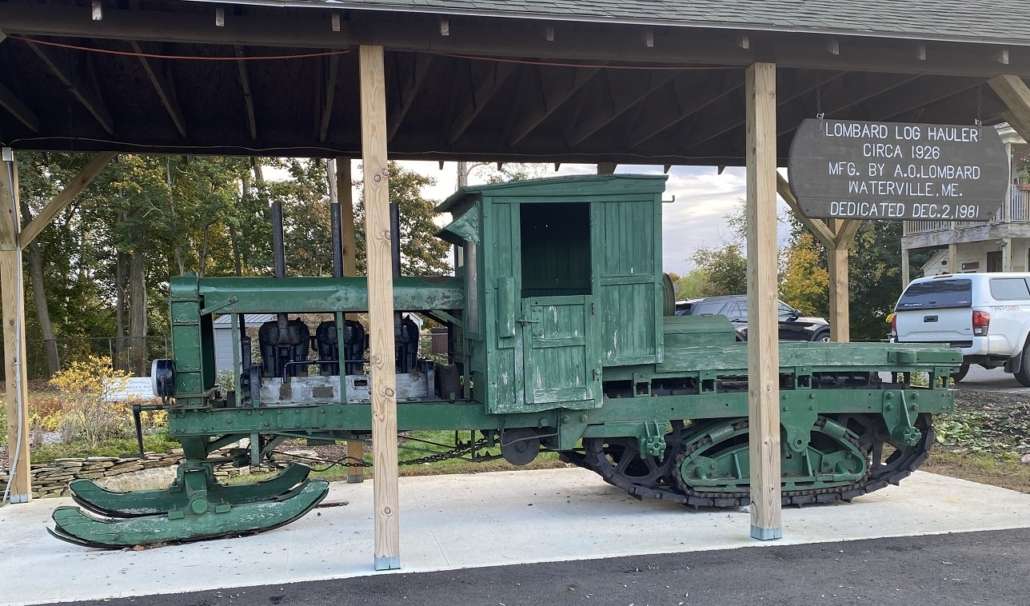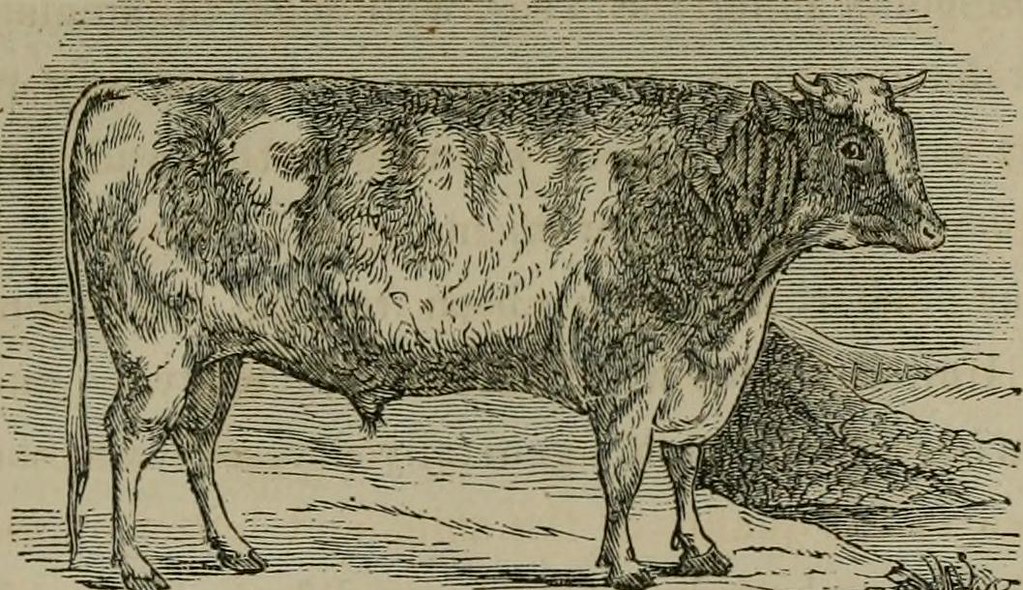
Holderness cattle
Vassalboro
Recent articles have mentioned two Vassalboro men, Thomas Stackpole Lang and Hall Chase Burleigh, who each deserve more attention for their agricultural contributions, along with Lang’s father, John Damon Lang.
The early focus of the two families’ agricultural activities was what Alma Pierce Robbins, in her Vassalboro history, called the John D. Lang farm, which, she wrote, became the Hall Burleigh farm and by 1971 was a dairy farm owned by Romeo Rossignol.
The farm was on the west (Kennebec River) side of what was then the main road between Augusta and Winslow. The main road – Route 201, aka Riverside Drive — has been partly relocated, and this section is now the northernmost piece of old Route 201, paralleling the older road. It is named Burleigh Road.
John Damon Lang (May 14, 1799 – 1879) was, according to an on-line source, a Vassalboro native. Henry Kingsbury, in his Kennebec County history, said Lang came to Vassalboro from Rhode Island before 1836. Robbins said he was born in Gardiner and built a house on the river in Vassalboro by 1841.
Lang married Ann Elmira Stackpole (1800-1879, maybe; sources differ), a Vassalboro native (maybe). Their six children, born between 1822 and the 1830s, included Thomas Stackpole Lang (1826-1895).
The elder Lang was a businessman and a farmer. In his chapter on Vassalboro, Kingsbury described the businesses that made the Getchell’s Corner area of northwestern Vassalboro an early commercial center.
Among them was “a steam saw mill, built as a water mill first, on the river shore on what was then the Lang farm.” Lang built the mill “for cutting the logs of the farm,” but soon abandoned it, Kingsbury wrote.
North Vassalboro, with water power from China Lake’s Outlet Stream, became another commercial center. Kingsbury credited Lang for much of its development, writing that he helped two brothers-in-law develop their “wool carding and cloth dressing mill on the dam” into a woolen mill. It was running by 1836 and was an economic mainstay for much of the following 120 years.
Lang and partners invested in shipbuilding, too, Robbins and Kingsbury said. President Ulysses Grant appointed Lang a member of the Board of Indian Commissioners that Congress established in April 1869. Board members represented different Protestant religions (Lang was a Quaker); their responsibility was generally to advise on more constructive policies toward Native Americans.
Samuel Boardman mentioned John Damon Lang and Thomas Stackpole Lang repeatedly in his chapter on agriculture in Kingsbury’s history.
He described them as “early and continuous importers and improvers of sheep, having always the best flocks of Southdowns and Cotswolds.”
Writing about the North Kennebec Agricultural Society, organized in 1847, Boardman listed both Langs among “noted breeders and farmers” who helped it succeed. He named John Lang among the early importers of Ayrshire cattle (from Massachusetts, in 1855 and 1856).
Another of John Lang’s contributions Boardman mentioned was an article on Holderness cattle Lang wrote for an 1874 publication titled Agriculture of Maine. As Boardman tells the story, the import of Holderness was by chance: in 1812, a privateer out of New York captured a British ship bound for Halifax with a Holderness bull and cow aboard and brought them to Portland.
Descendants of these two Holderness, “known as the ‘Prize’ stock,” reached Sidney and Vassalboro, Boardman wrote. He did not specify that Lang owned or bred them.
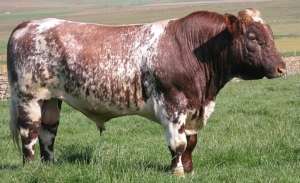
British Shorthorn cattle
Lang did breed British Shorthorns. Boardman wrote that in 1860 he and his son Thomas jointly imported Shorthorns from two prominent cattlemen in Massachusetts and New York “and bred with a good deal of spirit.”
Before the family’s interest in Shorthorns, Boardman wrote that Thomas Stackpole Lang’s Herefords were among cattle shown at North Kennebec Agricultural fairs from the 1850s; and the younger Lang was one of the first local men to bring in Holsteins (in 1864, from a Massachusetts breeder).
The Eastern Kennebec Agricultural Society, organized in the spring of 1868, had its half-mile track on a 16-acre parcel off Dirigo Road, in China, and held its first exhibition there that fall. Boardman wrote that when the society added an exhibition hall in 1869, Thomas S. Lang, a major exhibitor, was a speaker.
(This society held annual fairs through 1874. Bad weather – in more than one year, Boardman implied – reduced revenue; debt accumulated; and the society sold its real estate in 1877.)
The Langs’ interest in cattle waned after the Civil War. Boardman wrote that they had 32 Shorthorns at the North Kennebec Agricultural Society’s 1864 fair, “but soon after disposed of their animals to give attention to another class of stock.”
This other class was almost certainly horses, and Thomas Stackpole Lang was probably the leader in the switch to horses. As readers learned two weeks ago, he brought the famous trotting horse, General Knox, to the Kennebec Valley in January 1859. Robbins wrote that in 1860 Lang was “Master of Ceremonies at the ‘Horse Breeders Association’ exhibit in Augusta.”
The breeding business that Lang started in 1859, Boardman wrote, “soon took high rank among the most noted in the country. This was maintained for many years and brought Kennebec county into great prominence.”
Lang started with four stallions, including General Knox, and one brood mare, Boardman said. He added five more stallions, including Gideon of the Hambletonian line (mentioned last week).
Boardman had high praise for General Knox. “He was one of the most remarkable horses ever owned in Maine, and has done more toward improving our stock of horses, bringing the state into prominence as a horse breeding state and causing more money to come to Maine from other states for the purchase of fine horses than any other single horse ever owned here,” he wrote.
He called Lang “one who builded better than he knew when his breeding operations were being carried on.”
In 1868, Boardman said, Lang bought from the government of Nova Scotia a stallion named Annfield. J. W. Thompson’s 1874 booklet listing noted Maine horses, found on line, says Annfield was a bay with black points, “small star in forehead, and white feet behind.” He stood 16 hands high and weighed more than 1,100 pounds.
A “special agent” of the Nova Scotian government imported Annfield from England (no reason was given), where he had won several races. Lang sold Annfield to a breeder in Oxford, Maine, in 1871 (again, no reason was given).
The list of Annfield’s central Kennebec Valley descendants includes three daughters, Ann, a chestnut born in 1869, and Victoria, a roan born in 1871, both bred by H. G. Abbott, of North Vassalboro; and Eugenie, a sorrel born in May 1869 and bred by C. A. Fuller, of Fairfield Center.
In addition to the big Lang farm on the Kennebec River, John Damon Lang must have owned a parcel on the west side of Webber Pond. Robbins wrote that when a road was laid out there in 1886, the landowners who received town compensation included “heirs of J. D. Lang.”
* * * * * *
Hall Chase Burleigh was born in Fairfield on Dec. 13, 1826. Robbins wrote that after he married Clara (or Clarissa) Kelly Garland (in the fall of 1853, in Fairfield, an on-line genealogy says), the family moved to what had been John D. Lang’s farm, in Vassalboro. But Robbins also called Burleigh, “of Vassalboro” when she said he was “developing a Hereford herd” by the 1840s.
Boardman gave more details on the Hereford breeding operation. He wrote that Burleigh cooperated with a Fayette breeder in the 1860s, and in 1869 (still living in Fairfield, according to Boardman) joined with George E. Shores, of Waterville, to buy what was then considered “the most famous herd of Herefords on the continent” from a Québec breeder.
Three years later, there were enough Herefords for each man to take a separate herd. In 1879, Burleigh (by then definitely in Vassalboro) went into partnership with Joseph R. Bodwell, of Hallowell, and the two got serious about importing Herefords, some from Canada, most from England.
In the next half-dozen years, Burleigh made five trips to England to inspect potential additions to the herd. In 1883, he chartered a steamship to transport 200 cows in one load.
In total, Boardman said, the two men imported more than 800 Herefords. Some stayed in the area; most were shipped to southern and western states. Between 1880 and 1890, according to Burleigh’s obituary (found on line), he sold more than a million dollars worth of stock.
In 1881, Boardman wrote, Burleigh took some Herefords on “the grand Western circuit of the great inter-state fairs,” where they “won everywhere in all classes in which they were shown.” In 1883, he took cattle to the Kansas City, Chicago and New Orleans fairs, again winning prizes.
Boardman wrote that on the 1883 tour, a two-year-old heifer named Burleigh’s Pride, a Hereford-Polled Angus cross, was awarded “the champion gold shield for the best animal of any sex, breed or age, exhibited by the breeder.”
In 1891, Boardman said, Burleigh’s Herefords “won fifteen first prizes, eleven second prizes and one third prize at the Maine State Fair.”
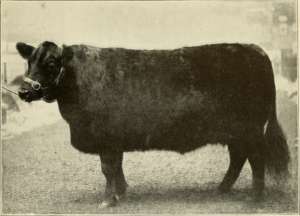
Polled Aberdeen Angus
Burleigh and Bodwell brought in Polled Aberdeen Angus between 1880 and 1884, the second time this breed had come to the United States. In 1883 and 1886 they imported Sussex cattle, which Burleigh and his son Thomas were still breeding in 1891.
Bodwell took time out to get elected Maine’s 40th governor in 1886. Inaugurated Jan. 6, 1887, he died in office Dec. 15, 1887. (Edwin Chick Burleigh, the 42nd Maine governor, was one of the Palermo Burleighs [see the Jan. 5, 2023, issue of The Town Line]. They seem to have no direct connection to the Vassalboro Burleighs.)
Hall Burleigh, his obituary said, was a state legislator in 1889 and state assessor in the 1890s.
Burleigh’s wife Clara was born Sept. 18, 1833, in Winslow. The couple had seven daughters and four sons, born between July 1854 and May 1874. Robbins wrote that three of the 10 “settled on farms in Vassalboro.”
The oldest daughter, born March 5, 1856, and named Clara after her mother, “retired from teaching and raised turkeys on her farm for many years,” Robbins wrote.
Son Thomas, born Oct. 4, 1868, “took over the home farm,” Robbins wrote. Boardman said he, too, bred cattle.
Next to youngest daughter Nettie, born May 2, 1874, first gained public attention when she was 11 years old: she and her 15-year-old brother Sam began publishing a local newspaper called The Clarion in March 1886 (see the Dec. 3, 2020, issue of The Town Line for more information on this newspaper).
Nettie began teaching in Vassalboro schools around 1893. Robbins said she had a successful career in local and state politics, including becoming the first female selectman in Vassalboro in 1922. She bought what Robbins called the “Old Doe Farm” where she continued the family tradition of raising thoroughbreds (horses, cows or both? Robbins did not specify.)
Hall Chase Burleigh died May 17, 1895; his widow died Feb. 3, 1915. They are buried in Winslow’s Drummond cemetery with other family members, including children Clara May (died Jan. 8, 1934); Thomas Garland (died Oct. 7, 1951) and his widow; Samuel Appleton (Nov. 27, 1870 – 1952) and his wife; and Nettie Caroline (died March 2, 1963).
Your writer found one clue to the location of the second-generation Burleigh farms. On March 30, 1931, the Maine legislature established the approximately 1,700-acre Natanis Game Preserve, in Vassalboro.
The legislative act described its western boundary as the Kennebec River and listed included and abutting landowners. Among those included are Clara C. (Clara May?), Nettie C. and Thomas G. Burleigh.
Information from current Vassalboro residents suggests that the game preserve was slightly north of Oak Grove Road, which goes east from Riverside Drive less than two miles south of Burleigh Road.
The Maine hunting rules list “Oak Grove Area, Vassalboro” under the heading “Closed and Special Regulation Areas.” If this area is the Natanis Preserve, the 1931 law says it is illegal to “hunt, chase, catch, kill or destroy any wild bird or wild animal” therein.
Main sources
Kingsbury, Henry D., ed., Illustrated History of Kennebec County Maine 1625-1892 (1892).
Robbins, Alma Pierce, History of Vassalborough Maine 1771 1971 n.d. (1971).
Websites, miscellaneous.
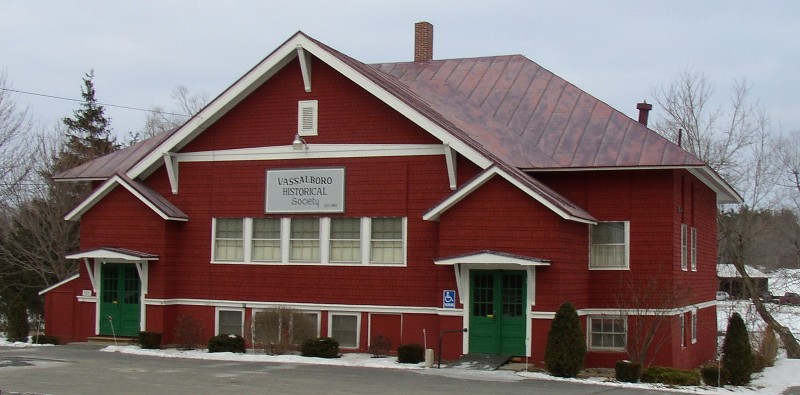



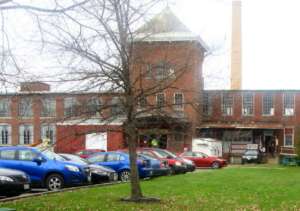





 Join Kennebec Land Trust staff and volunteer property stewards to take advantage of the full moon for a hike at the Davidson Nature Preserve on Monday, November 27 at 5:30 p.m. Bring what you need to be comfortable for a night walk, including a headlamp or flashlight, warm clothes, water, snacks etc. The family-friendly hike will be approximately one mile long. For more information or to RSVP, contact Marie at
Join Kennebec Land Trust staff and volunteer property stewards to take advantage of the full moon for a hike at the Davidson Nature Preserve on Monday, November 27 at 5:30 p.m. Bring what you need to be comfortable for a night walk, including a headlamp or flashlight, warm clothes, water, snacks etc. The family-friendly hike will be approximately one mile long. For more information or to RSVP, contact Marie at 